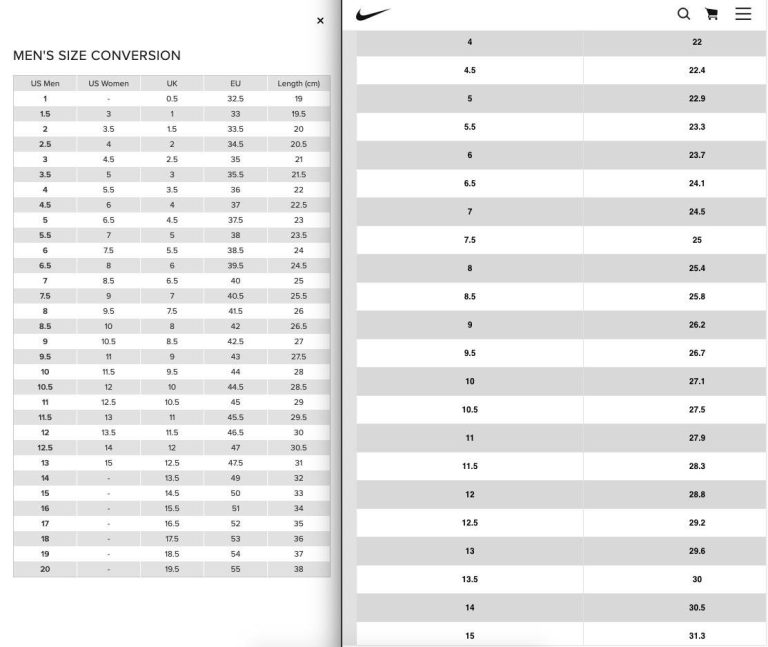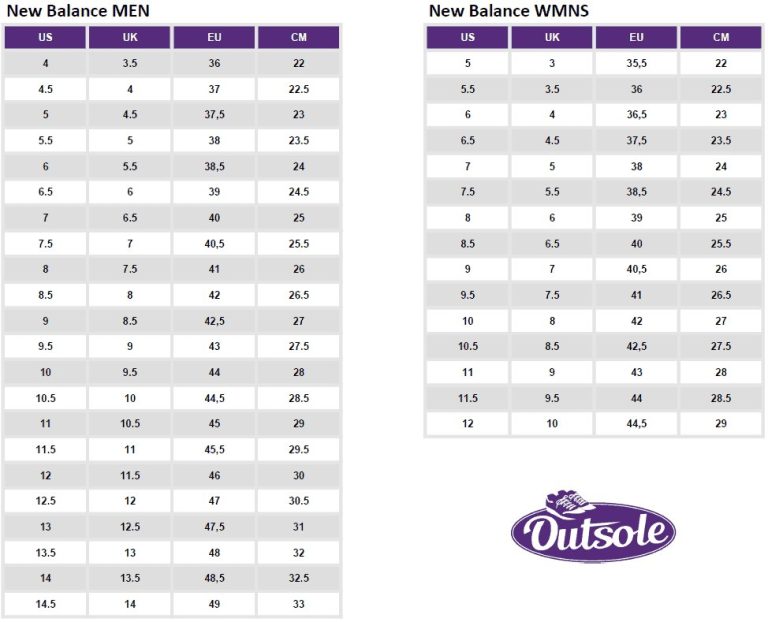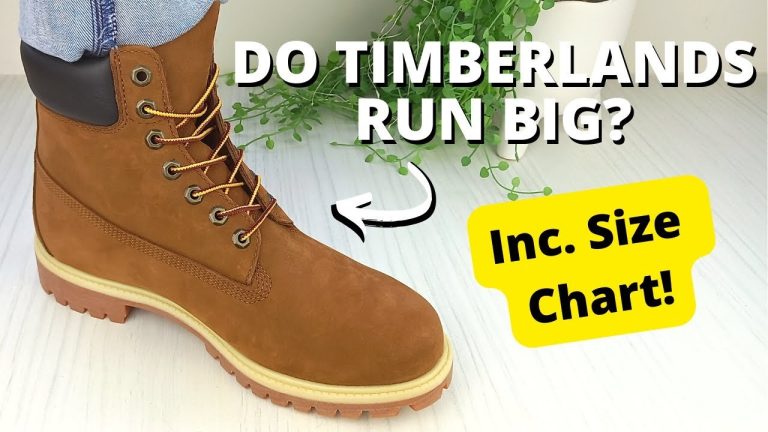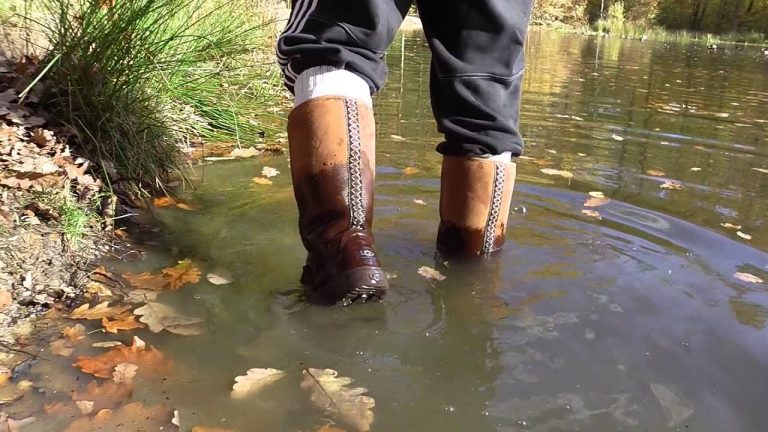Are you struggling to find the perfect fit for your Bean Boots? Look no further! In this article, we will delve into the ins and outs of Bean Boots sizing, ensuring that you can make an informed decision and find your ideal pair. Whether you’re a seasoned Bean Boot enthusiast or new to the world of classic footwear, understanding the sizing nuances is crucial for ultimate comfort and style. So, let’s dive right in and demystify the art of finding the right size for your Bean Boots!
Bean Boots Sizing
When it comes to finding the perfect pair of bean boots, getting the sizing just right is crucial. Bean boots, also known as duck boots, are versatile and durable footwear that can keep your feet warm and dry in various weather conditions. However, with different sizing options available, it can be challenging to determine the right fit for your feet. In this comprehensive guide, we will explore everything you need to know about bean boot sizing, ensuring you find the perfect fit that combines comfort and style.
Understanding Bean Boot Sizing
Before diving into the specifics, it’s important to understand the sizing system used for bean boots. Bean boots are typically available in whole sizes only, ranging from size 5 to size 13 for men, and size 6 to size 11 for women. If you fall between sizes, L.L.Bean recommends sizing down for a snug fit or sizing up for extra room, depending on your preferences and intended use.
Bean Boot Width Options
Apart from length, bean boots also come in different width options to accommodate various foot shapes. The standard width for bean boots is regular, which should fit most individuals comfortably. However, if you have wider feet, L.L.Bean offers Wide and Extra Wide options to ensure a comfortable fit. It’s essential to consider your foot width when selecting the right pair of bean boots to avoid any discomfort or restricted movement.
Measuring Your Feet
To accurately determine your bean boot size, it’s crucial to measure your feet properly. Here’s a step-by-step guide to measuring your feet at home:
- Find a blank sheet of paper, a ruler, and a pen or pencil.
- Place the paper on a flat surface and position your foot on top of it.
- Trace the outline of your foot using the pen or pencil, making sure to keep it straight.
- Measure the length of your foot from the heel to the longest toe using the ruler.
- Repeat the process for your other foot as well.
- Take note of the longer foot’s measurement and refer to the sizing chart provided by the manufacturer.
By following these steps, you can obtain accurate measurements to compare against the sizing chart and ensure a better fit when purchasing your bean boots.
Finding the Right Fit
Once you have your foot measurements, it’s time to find the perfect fit for your bean boots. Keep in mind the following factors when evaluating the fit:
Toe Room
Bean boots are known for their generous toe space, allowing for thick socks and extra wiggle room. When trying on a pair, make sure there is enough space for your toes to move comfortably without feeling cramped. This is especially important if you plan on wearing thicker socks during colder months.
Ankle Fit
The ankle area of bean boots should fit securely without being too tight or causing discomfort. You should be able to move your foot naturally without any restrictions. If you have particularly narrow or wide ankles, consider trying different width options to find the most comfortable fit.
Consider Intended Use
Another crucial aspect to consider when determining bean boot sizing is the intended use. Depending on your activities and weather conditions you expect to encounter, you might want to adjust the sizing accordingly.
Everyday Wear
If you plan on wearing your bean boots for everyday activities, such as running errands or walking around the city, a snug fit is recommended. This will provide stability and prevent excess movement, ensuring a comfortable experience throughout the day.
Outdoor Adventures
For those who seek outdoor adventures and require additional support, sizing up might be a good idea. This allows for the use of thicker socks and potentially accommodates orthotic inserts for better arch support during long hikes or other outdoor activities.
Winter Wear
In colder climates, it’s common to wear thicker socks to keep warm. This should be taken into account when selecting your bean boot size. If you are planning to wear thick winter socks, sizing up may be necessary to maintain the desired level of comfort and warmth.
Trying Them On
Once you have determined your bean boot size and considered your intended use, it’s time to try them on. Here are some tips to ensure a proper fit:
- Try on your bean boots in the afternoon or evening when your feet are typically at their largest.
- Wear the type of socks you plan to wear with your boots to get an accurate feel for the fit.
- Walk around in the boots to assess comfort and any potential pressure points.
- Pay attention to how your toes and ankles feel, ensuring there is enough room for movement without feeling too tight or loose.
By following these steps, you can evaluate the fit of your bean boots and make any necessary adjustments before making your final decision.
Finding the perfect size for your bean boots can make a significant difference in your overall comfort and enjoyment of the footwear. By understanding the sizing system, measuring your feet accurately, and considering your intended use, you can confidently select the right size. Remember, when in doubt, it’s often recommended to size up, especially if you plan on wearing thicker socks or using orthotic inserts. With the right size, you’ll be ready to embrace any adventure while keeping your feet cozy and dry in your trusted bean boots.
LL Bean Bean Boots Review and Sizing
Frequently Asked Questions
What is the sizing like for Bean Boots?
Bean Boots typically run true to size. However, it is recommended to size down if you plan on wearing them with lightweight or normal socks. If you intend to wear them with heavier socks or want a roomier fit, you may consider sizing up. It is important to note that Bean Boots are unisex, so women should typically size down 1.5 sizes from their usual shoe size.
Do Bean Boots come in half sizes?
No, Bean Boots do not come in half sizes. If you typically wear a half size, it is recommended to size up to the nearest whole size. For example, if you usually wear a 7.5, you would choose a size 8 in Bean Boots.
Are Bean Boots suitable for wide feet?
Yes, Bean Boots are known for their wide toe box, making them suitable for individuals with wider feet. If you have particularly wide feet, you may consider sizing up to ensure a comfortable fit.
Can I wear thick socks with Bean Boots?
Yes, Bean Boots are designed to accommodate thicker socks, especially during colder weather. If you plan on wearing thick socks, it is recommended to size up to ensure enough room for comfort.
How should Bean Boots fit?
Bean Boots should fit snugly around the heel and instep, with enough room in the toe box to wiggle your toes comfortably. They may feel slightly tight at first, but the leather will stretch and mold to your feet over time, providing a personalized fit.
What if I order the wrong size of Bean Boots?
If you order the wrong size of Bean Boots, L.L.Bean offers free exchanges within one year of purchase. Simply reach out to their customer service team to initiate the exchange process.
Should I consider different sizing for different styles of Bean Boots?
While the sizing for Bean Boots remains consistent across most styles, some variations like insulated or shearling-lined boots may have a thicker lining, which could affect the fit. It is recommended to read product descriptions or reach out to customer service for specific sizing guidance on different styles.
Final Thoughts
In conclusion, finding the right size for Bean Boots is crucial in ensuring a comfortable and satisfactory fit. By referring to the size chart provided by the manufacturer and considering factors such as foot width and intended use, customers can avoid issues related to sizing. It is recommended to try on different sizes or consult customer reviews to gain insight into how the boots tend to fit. Additionally, keeping in mind that Bean Boots often have a roomy fit and may require some breaking-in can help in determining the appropriate size. Proper sizing is essential for experiencing the durability and functionality that Bean Boots have to offer.






